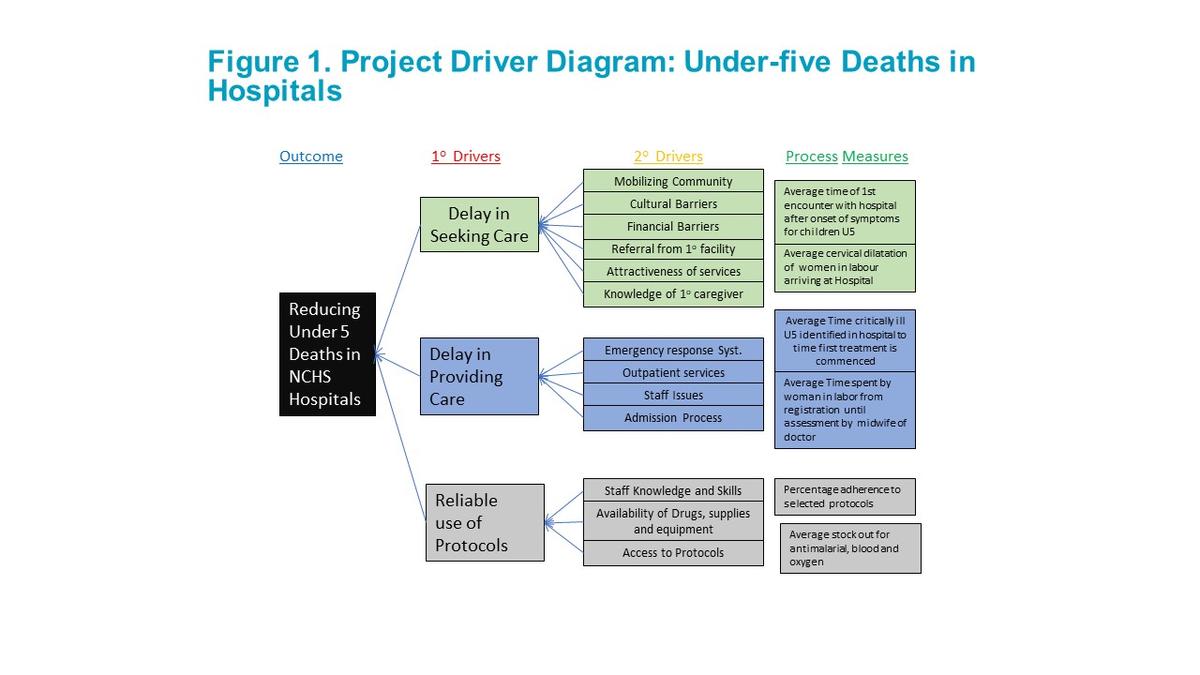Layman Summaries

Impact of window views on recovery—
An example of post-cesarean section women
Volume 31 Issue 10 - Layman Summary
Watching beautiful scenery is an enjoyable experience; however, how window views impact a patient’s recovery is still an inconclusive issue. A study conducted by Prof. Ulrich in 1984 found that patients who received abdominal surgery recovered faster when their hospital wards had windows with a view of a natural scene. He concluded that windows in hospital wards with the natural scene had comparatively therapeutic influences and sped up the recovery of patients. This article was the pioneer in this field, but there have been very few studies conducted on similar issues.
In this study, we explore the relationship between window views and recovery on 296 women who underwent Cesarean Section (C-section) and found very interesting results. First, we surveyed the participants to see their satisfaction on the view through the ward’s windows. Second, we applied a well-recognized tool (questionnaire), the Brief Pain Inventory, to measure the perceived pain of the women who underwent C-section.
We found that if the women who underwent C-section had experienced higher satisfaction on their window views, then they felt less pain and consumed less pain medication. This further demonstrated that windows are a key supportive design feature for urban landscapes in health care settings. The results of this study can be applied by architects and urban designers as evidence to design buildings and urban environments which maximize patients’ visual satisfaction. For example, to maximize the benefit and well-being of patients recovering from surgery, health care architects could design patient rooms to create maximum satisfaction with visual impacts and optimize window views. By doing so, it may decrease the use of pain medication and substantially reduce healthcare costs.
ABSTRACT
Objective: The objective of this study was to examine the impact of urban landscape from window views on quality of care for women who underwent Cesarean Section (C-section) in Taiwan.
Design: The participants were randomly assigned to 46 different hospital rooms to see the effects of various window views and daylight exposure on women’s recovery from post-C-section care.
Setting: We carried out this study in the OB/GYN departments of three tertiary hospitals located in two major cities of Taiwan: Taipei City and New Taipei City.
Participants: A total of 296 women who underwent C-sections and used patient-controlled analgesic (PCA) for pain control after their surgery during the 10-month data collection period were recruited for this study.
Intervention: The 46 different patient rooms provided diverse window views and different daylight exposure for the participants.
Main Outcome Measures: Recovery for the women who underwent C-sections in this study was defined as PCA usage and perceived pain measured by the Brief Pain Inventory (BFI).
Results: Higher satisfaction of window view significantly decreased analgesic usage (p=0.057), reduced the scores of overall perceived pain (p=0.046), pain severity (p=0.004), and “pain’s interference with relations with others, enjoyment of life, and mood (REM).” (p=0.095).
Conclusions: To maximize the benefit and well-being of patients recovering from surgery, health care architects should design patient rooms to create maximum satisfaction with visual impacts and optimize window views. By doing so, it may decrease the use of pain medication and substantially reduce healthcare costs.
Authors
Chia-Hui Wang, Nai-Wen Kuo, & Kathryn Anthony
Address for correspondence:
Chia-Hui Wang, Department of Urban Development, University of Taipei, No.101, Sec. 2, Zhongcheng Rd., Taipei 11153, Taiwan.
Tel: +886 2 28718288 Ext 7211; E-mail: chwang@utaipei.edu.tw
Read the full paper:
https://academic.oup.com/intqhc/advance-article/doi/10.1093/intqhc/mzz046/5498286
Evaluating the Impact of a Hospital Scale-up Phase of Quality Improvement Intervention in Ghana on Mortality for Children Under Five
Volume 31 Issue 10 - Layman Summary
Quality improvement (QI) methods are intended to enhance the delivery of effective interventions. Many countries are adopting QI methods as a means to improve health outcomes, and there is a need for more evaluations of these interventions. In particular, there is a need for evaluations of scale-up phases of QI interventions.
Project Fives Alive! Was a national QI project implement by the National Catholic Health Service of Ghana and the Institute of Healthcare Improvement in collaboration with the Ghana Health Service. The project had a phased approach with a pilot phase in the Northern part of the country and a pilot phase in the Southern part of the country. These phases were followed by corresponding scale-up phases in the North and South. This paper presents an evaluation of the hospital scale-up phase in the Southern part of the country, Wave 4, from March 2013 to December 2015. In all phases of the project, QI teams formed at the level of a subdistrict or health facility and were trained in QI methods. These teams tested simple low-cost change ideas (ie. Interventions) at their health facilities. A key difference between the pilot and scale-up phases was that the more of the supervision was done by government health staff in the scale-up phase compared to project staff in the pilot phase.
Three outcomes were studied as part of the evaluation – facility-level neonatal mortality, facility-level postneonatal infant mortality and facility-level postneonatal under-five mortality. Comparisons of means of the outcomes pre and post-intervention were conducted, and multivariable time-series analyses were employed to study the impact of the project. The key independent variables studied were specific QI change categories tested as part of Wave 4. These were timely care-seeking, prompt provision of care and adherence to protocols. Program intensity was also studied by looking at the number of change categories implemented by a hospital on a monthly basis.
Results from the comparison of means indicated significant improvement for postneonatal infant mortality and postneonatal under-five mortality. The multivariable time-series analyses revealed that over the long-term the prompt provision of care change category was associated with reduced postneonatal under-five mortality.
Project Fives Alive! achieved reductions in postneonatal infant and postneonatal under-five mortality during the hospital scale-up phase in the South. Findings from the evaluation offer evidence of the potential impact QI can have on health outcomes at scale in low and middle-income countries. Scale-up phases often have a “lighter program touch” than pilot phases and are important to evaluate given they often reflect what impacts could be sustainability after project funding ends.
Authors
Kavita Singh, Ilene Speizer, Pierre M Barker, Josephine Nana Afrakoma Agyeman-Duah, Justina Agula, Jonas Kofi Akpakli, Salomey Akparibo, Ireneous N Dasoberi, Ernest Kanyoke, Johanna Hermina Steenwijk, Elma Yabang, Nana A Y Twum-Danso, Sodzi Sodzi-Tettey
Address for correspondence:
Kavita Singh, CB# 7445, UNC-Chapel Hill, Chapel Hill, NC 27516,
Tel: +919-843-5920; Fax: +919-966-0448; E-mail: kavita_singh@unc.edu
Read the full paper:
https://academic.oup.com/intqhc/advance-article/doi/10.1093/intqhc/mzz073/5536102

